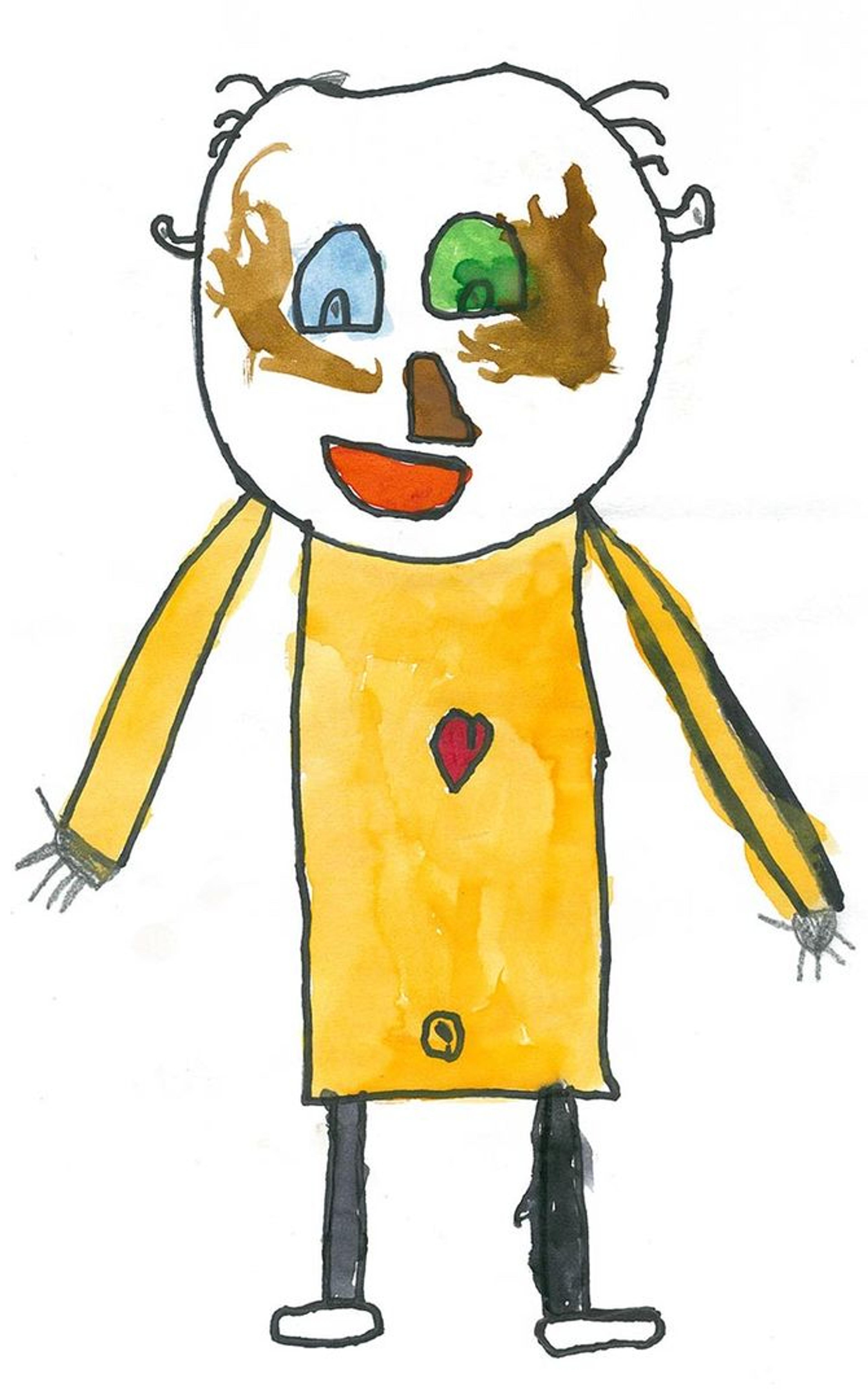
Hudson's portrait of Paul Klee!
«Did you know that The Met receives many letters from #MetKids all around the country? This week we are responding to our friend Hudson, a kindergarten student in New Hampshire, who wrote to us about the artist Paul Klee!»
Dear Hudson,
Thank you for your letter! I love the painting you made of the artist Paul Klee. We thought our #MetKids would enjoy it too. Your teacher explained that your class talked about Paul and that you made the painting for him.
Paul Klee was born in Switzerland over 100 years ago. He made lots of artworks in his life—over 9,000! He made art about lots of things, like people, places, music, and also what he imagined.
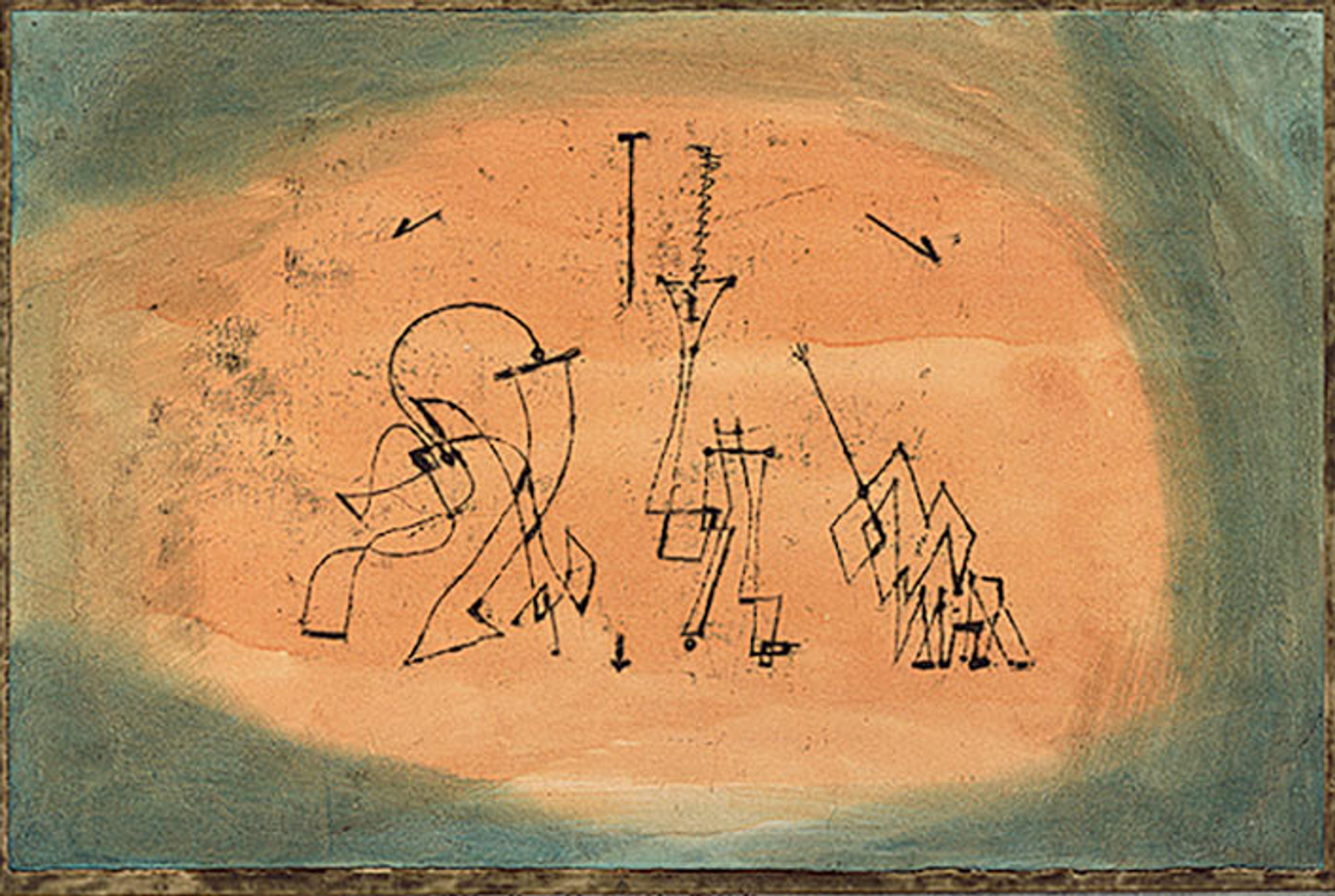
Paul Klee (German [born Switzerland], 1879–1940). Abstract Trio, 1923. Watercolor and transferred printing ink on paper, bordered with gouache and ink, mounted on cardboard, 18 7/8 x 25 3/8 in. (47.9 x 64.5 cm). The Metropolitan Museum of Art, New York, The Berggruen Klee Collection, 1984 (1984.315.36)
What do you notice about the three forms that are made of geometric shapes, like rectangles, triangles, and diamonds? If Abstract Trio made a sound, what do you think you would hear? Paul loved music and made art that showed his interest. His whole family was musical. Paul played the violin. Lily, his wife, taught piano. And Felix, their son, directed operas, which have lots of music in them.
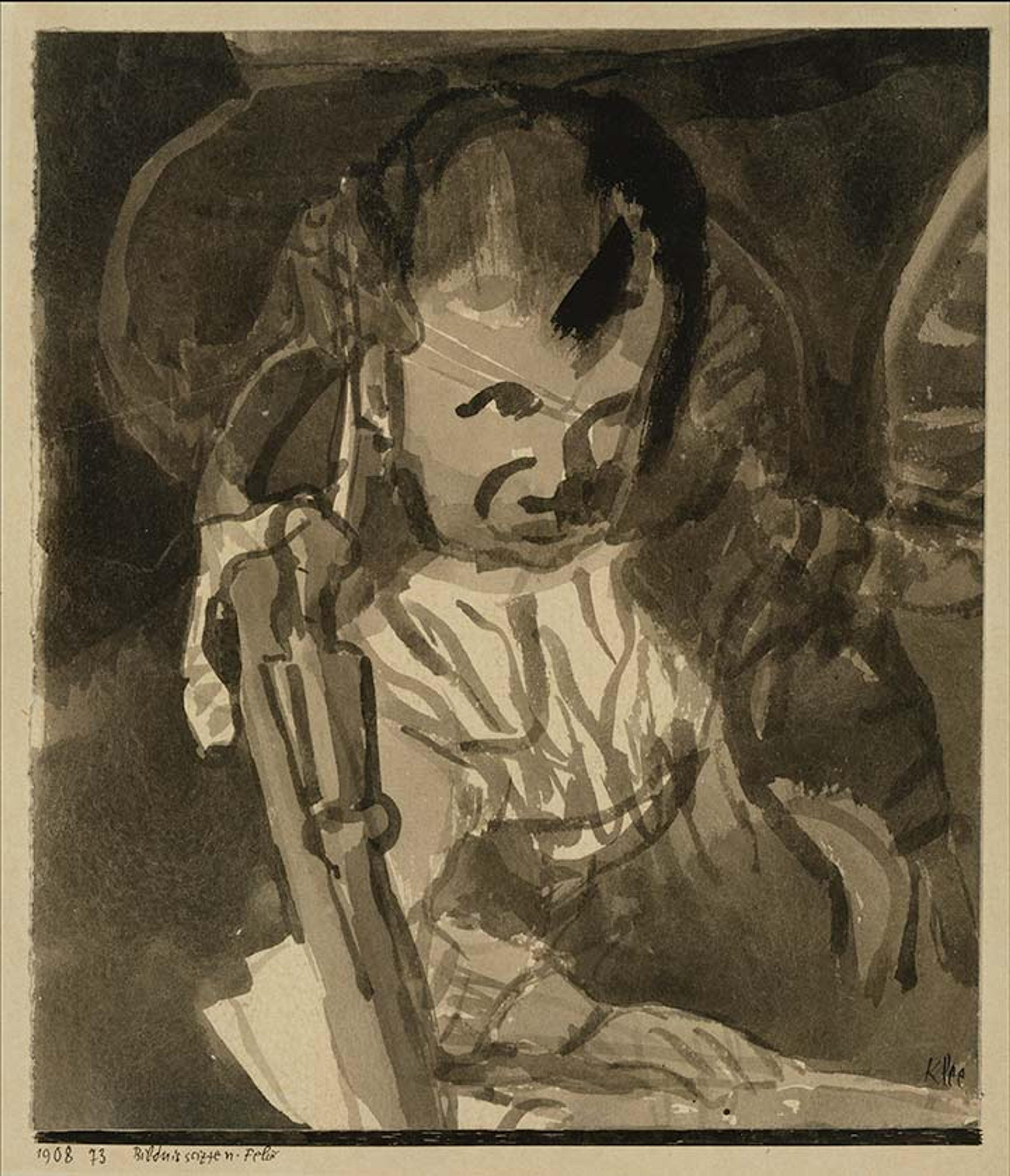
Paul Klee (German [born Switzerland], 1879–1940). Sketch of Felix Klee, 1908. Ink wash on paper, bordered with ink, mounted on cardboard, 12 7/8 x 9 7/8 in. (32.7 x 25.1 cm). The Metropolitan Museum of Art, New York, The Berggruen Klee Collection, 1984 (1984.315.2)
Like you, Paul also made portraits. A portrait is a work of art created to show a person or group of people, usually focusing on the face. When Paul made Sketch of Felix Klee, his son was only one year old. How is this artwork different from the others? At the time he made the drawing, Paul only made art in black and white.
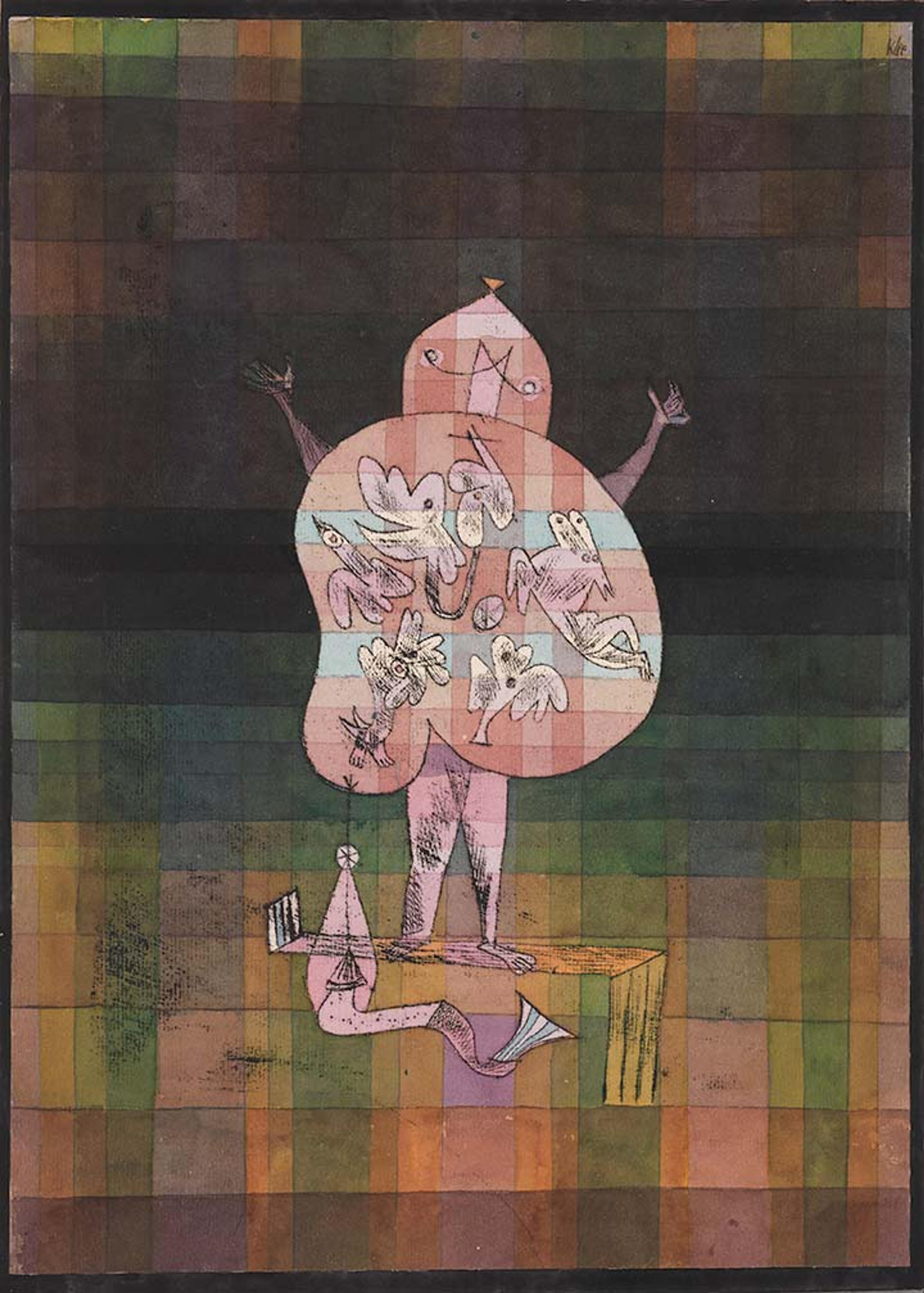
Paul Klee (German [born Switzerland], 1879–1940). Ventriloquist and Crier in the Moor, 1923. Watercolor and transferred printing ink on paper, bordered with ink, mounted on cardboard, 16 1/2 x 11 5/8 in. (41.9 x 29.5 cm). The Metropolitan Museum of Art, New York, The Berggruen Klee Collection, 1984 (1984.315.35)
Paul also liked to use his imagination to make art. A ventriloquist is someone who can talk without moving their mouth, so they can make it seem like someone or something else is talking, like a puppet. What do you see in the belly of the ventriloquist? If you could hear the noises that the creatures make, what would they sound like?
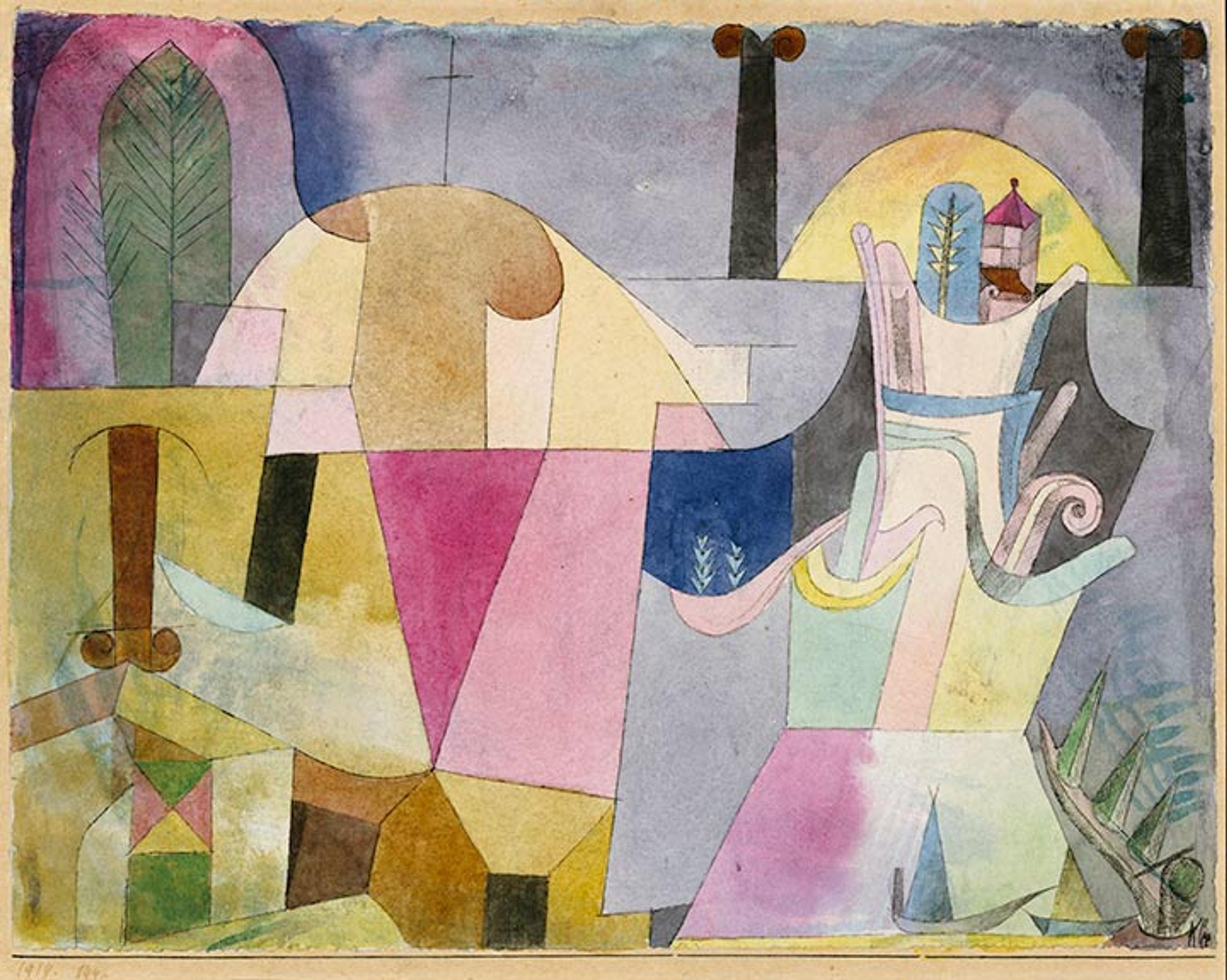
Paul Klee (German [born Switzerland], 1879–1940). Black Columns in a Landscape, 1919. Watercolor and ink on paper mounted on cardboard, 9 1/2 x 12 3/8 in. (24.1 x 31.4 cm). The Metropolitan Museum of Art, New York, The Berggruen Klee Collection, 1987 (1987.455.1)
Have you ever visited a place that made you want to make art? Paul did. He once stayed at a palace in Germany that was falling apart. Paul made this artwork, which was inspired by that place. Look at the landscape and then describe it to someone who has never seen it. Do you see plants or nature in the picture? Do you see buildings or parts of buildings? Those black-and-brown columns with the curly tops are called Ionic columns, and you can learn about them in this #MetKids video.
Thank you for writing!
Sincerely,
Emily
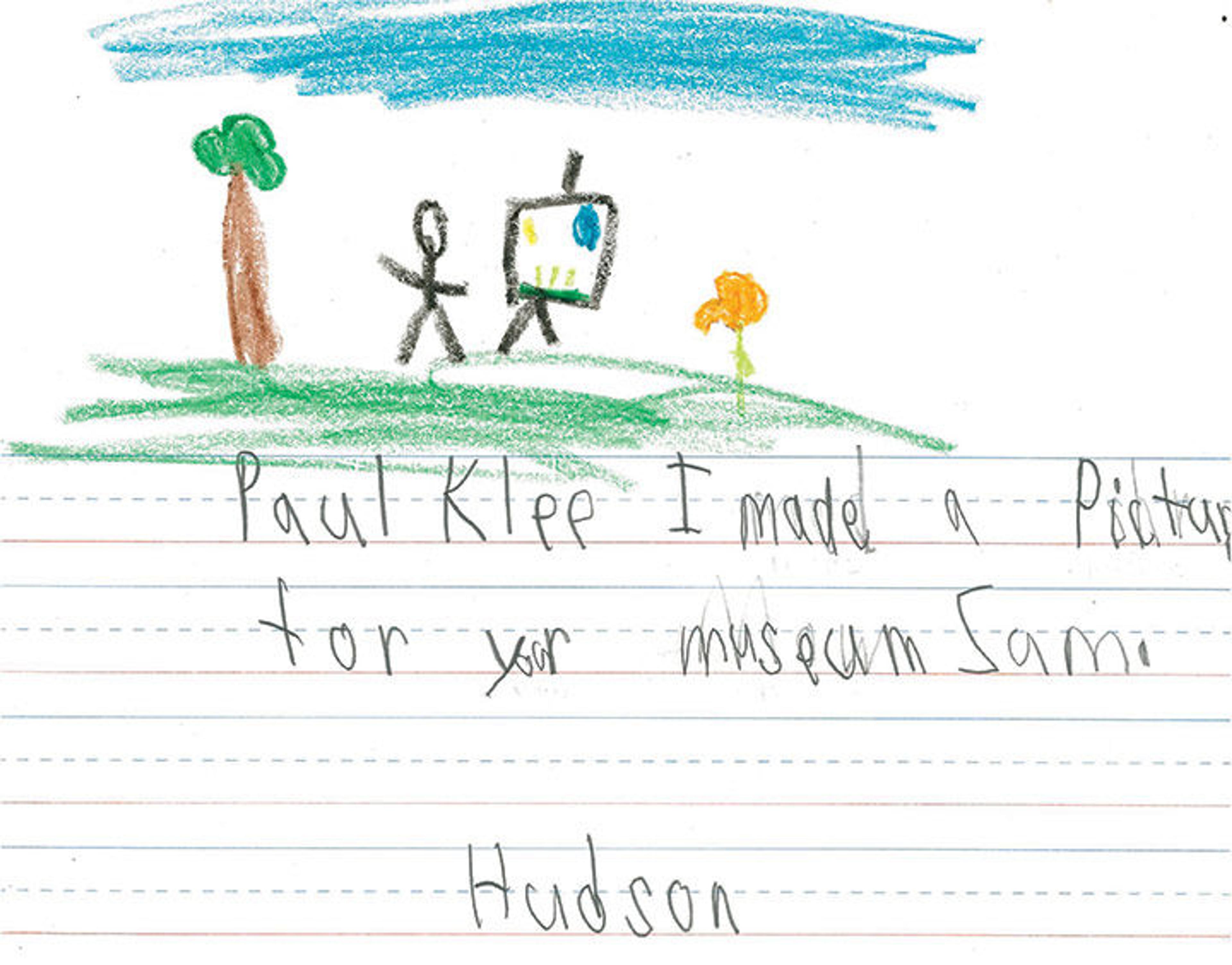
Letter from Hudson. "Paul Klee, I made a picture for your museum. Hudson"
#MetKids would love to receive a letter or artwork from you too! Want inspiration? Hop in the #MetKids Time Machine and write us a question about something you discover. Or make art inspired by an object on the Map. Ask an adult to email it us at metkids@metmuseum.org or mail it to us at:
#MetKids
The Metropolitan Museum of Art
1000 Fifth Avenue
New York, New York 10028